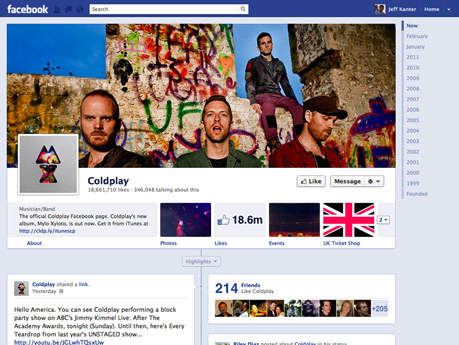They are late to the party, but given both Google and Facebook have missed the opportunity to grab the local listings market, Apple just might be the company that gets it.
Category: marketing
-

Attacking Apple iPhone 6
One of the saddest things in life is the company that bleats ‘but we thought of it first’ when overtaken by a smarter or more credible competitor.
Since the release of the iPhone 6, the knives are out for Apple with Samsung, HTC and even Sony poking fun at the new product pointing out the features already in their products.
The problem for Apple’s competitors is the market isn’t listening to the attack ads. In China alone a million iPhones were sold in first hour they went on sale.
For companies competing with Apple they have to find a compelling product, not be sniping at the market leader. For Samsung in particular with its falling revenues it needs to be generating some excitement in the market, not depressing its customers.
Here’s the Samsung ad; while it’s pointing in the wrong direction it’s good in that it holds the critics to account but it makes not a spit of different to the marketplace.
Similar posts:
-

You’re being scanned
A cute little story appeared on the BBC website today about the Teatreneu club, a comedy venue in Barcelona using facial recognition technology to charge for laughs.
In a related story, the Wall Street Journal reports on how marketers are scanning online pictures to identify the people engaging with their brands and the context they’re being used.
With the advances in recognition technology and deeper, faster analytics it’s now becoming feasible that anything you do that’s posted online or being monitored by things like CCTV is now quite possibly recognise you, the products your using and the place you’re using them in.
Throw all of the data gathered by these technologies into the stew of information that marketers, companies and governments are already collecting and there a myriad of good and bad applications which could be used.
What both stories show is that technology is moving fast, certainly faster than regulatory agencies and the bulk of the public realise. This is going to present challenges in the near future, not least with privacy issues.
For the Teatreneu club, the experiment should be interesting given rich people tend to laugh less; they may find the folk who laugh the most are the people least able to pay 3o Euro cents a giggle.
Similar posts:


